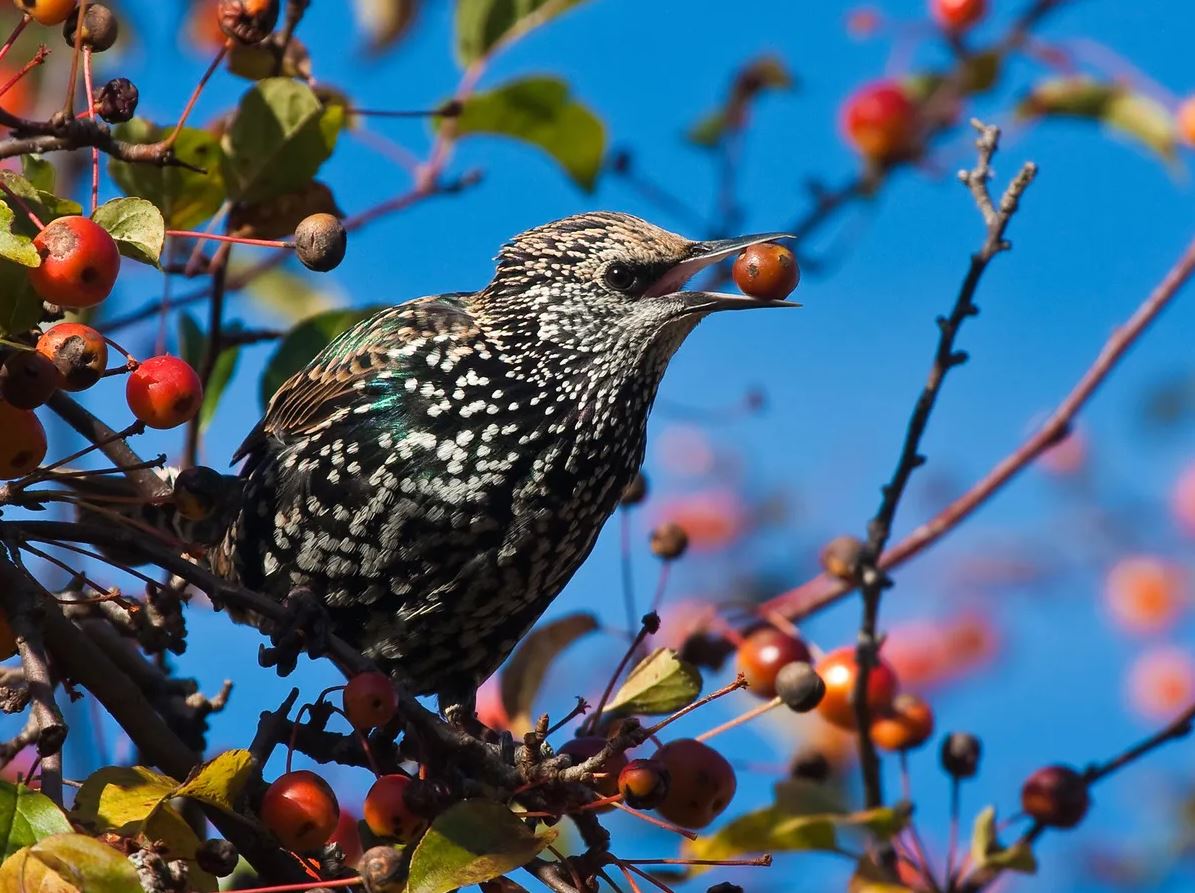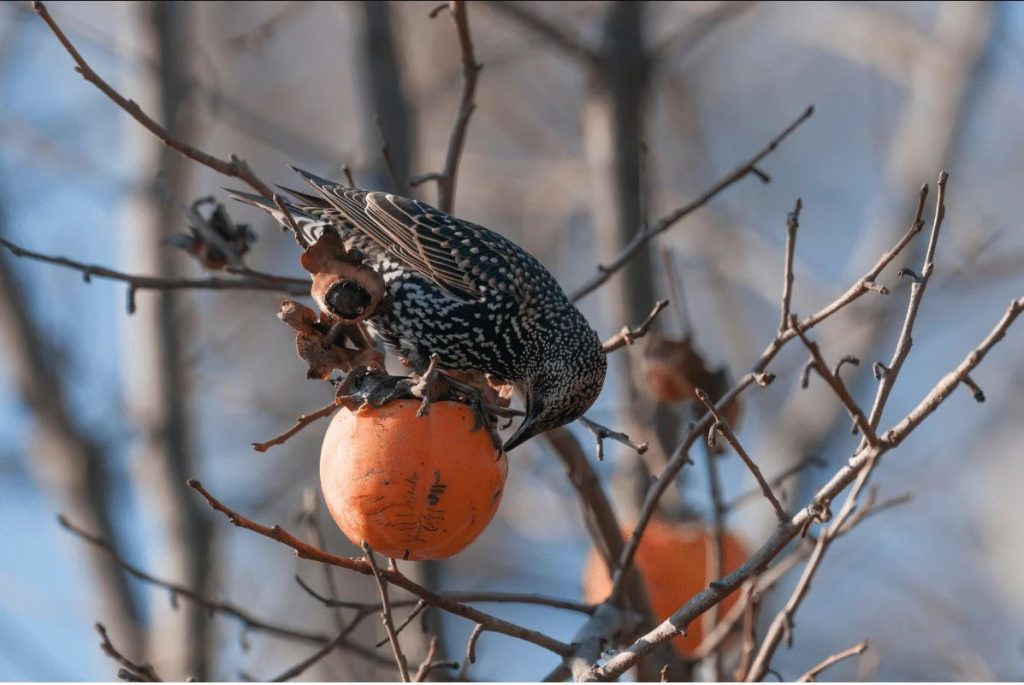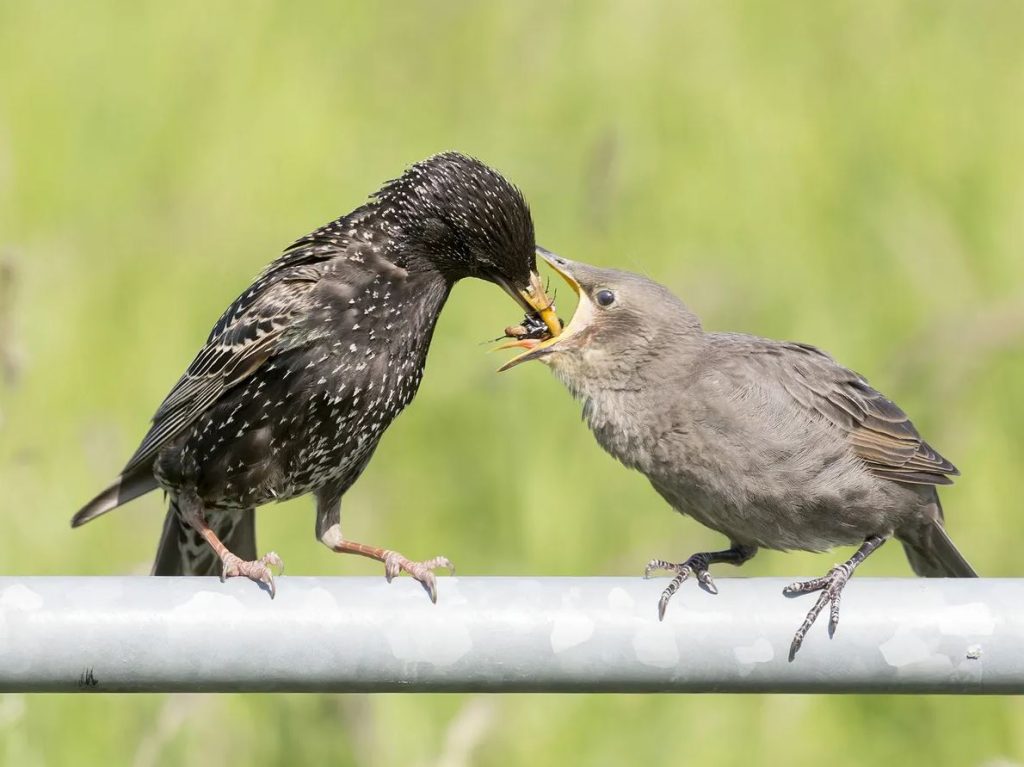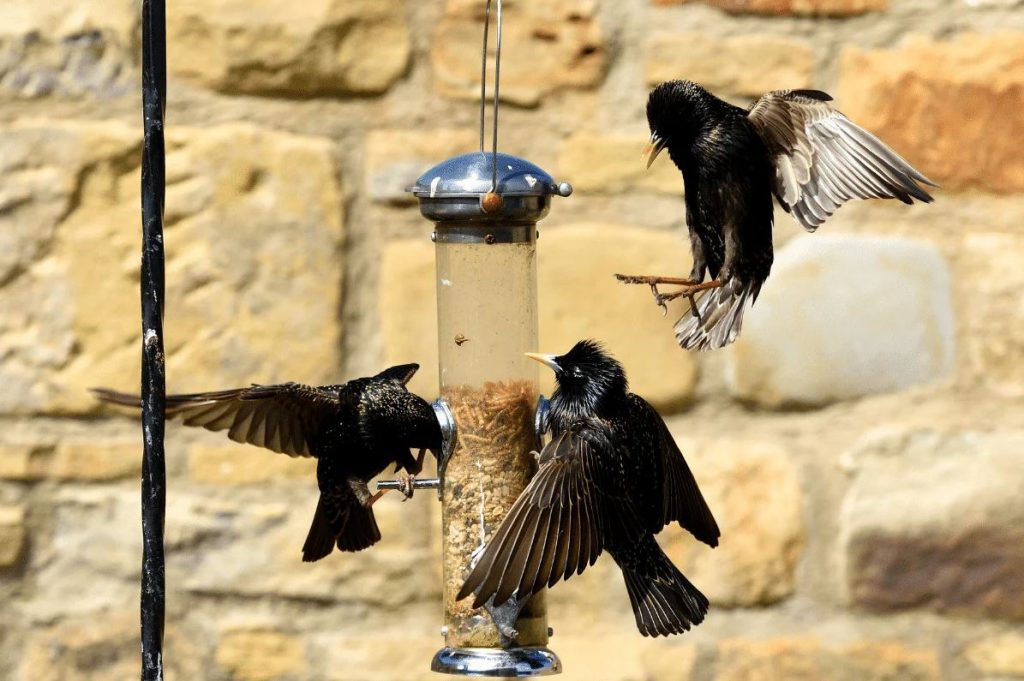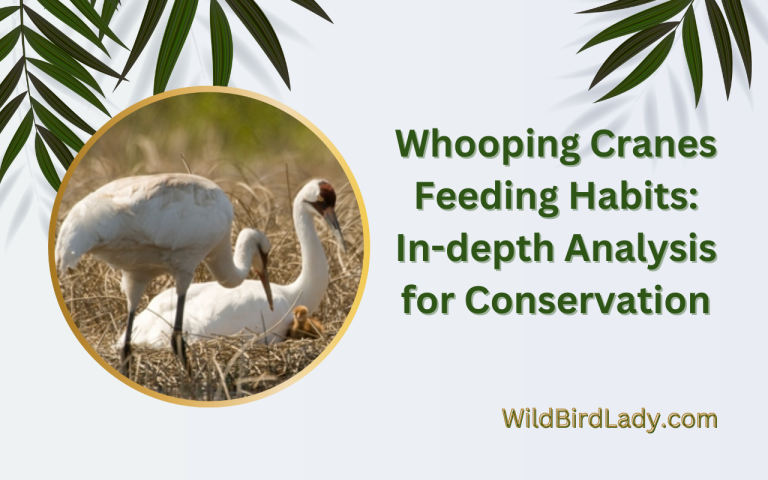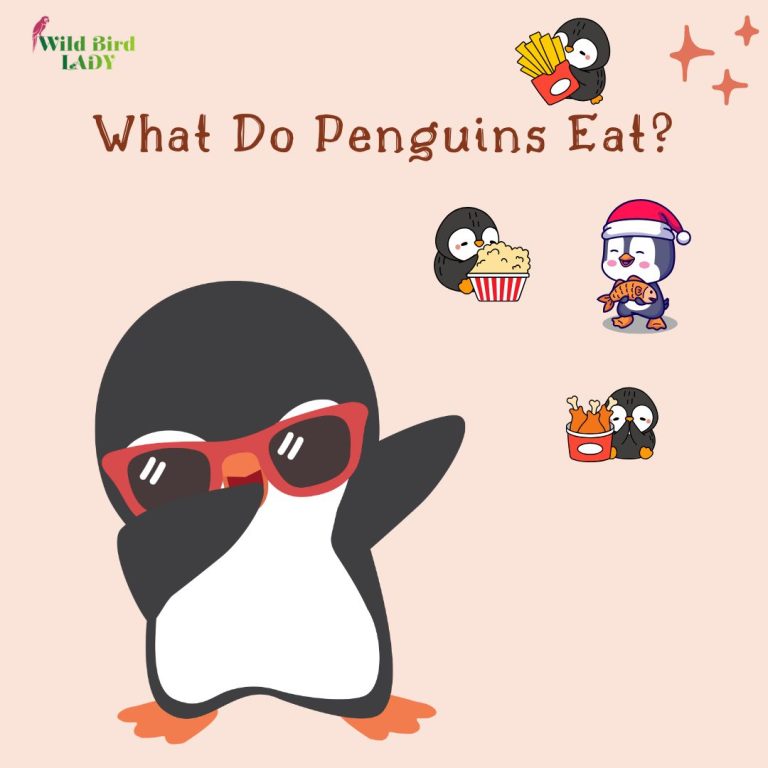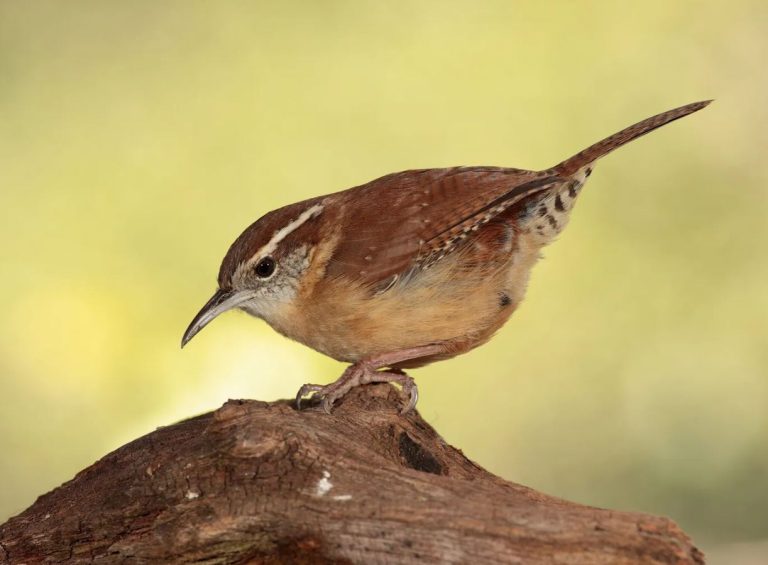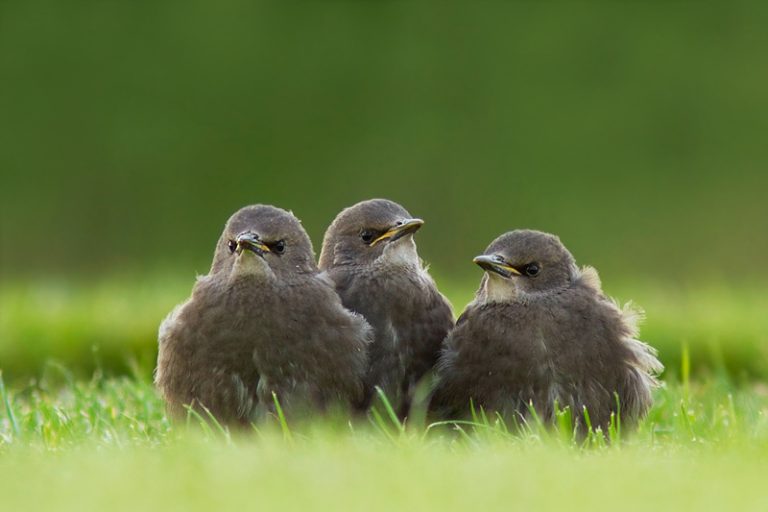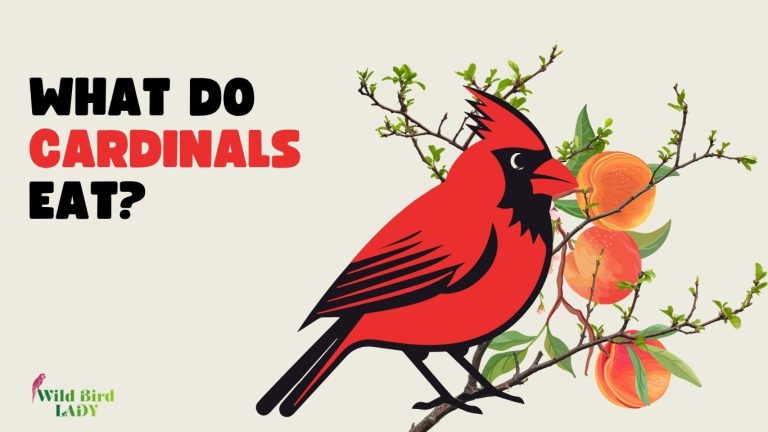What Do Starlings Eat? A Deep Dive into the Starling Diet Across Seasons and Habitats
When I first began observing starlings over a decade ago, I was fascinated by their shimmering plumage and incredible murmurations. But what truly surprised me was how adaptable their diet is. Whether in bustling cities or rural farmlands, starlings are opportunistic feeders with a varied and complex palate. In this guide, we’ll explore in detail what starlings eat in the wild and in urban settings, how their diet shifts by season, what baby starlings consume, and how you can feed them responsibly in your backyard.
Introduction to Starlings
Starlings, especially the European Starling (Sturnus vulgaris), are one of the most common and widely distributed birds in North America and Europe. They were introduced to the U.S. in the 1890s and have since spread across the continent. Known for their intelligence, vocal mimicry, and striking iridescent feathers, starlings have also earned a reputation for being aggressive feeders and invasive competitors. Understanding their diet is crucial for both bird lovers and ecologists alike.
What Do Starlings Eat in the Wild?
In their natural habitats, starlings consume a highly varied omnivorous diet. Their food preferences depend on what’s available, but some of their main staples include:
Insects and Invertebrates
- Beetles
- Caterpillars
- Grasshoppers
- Flies
- Spiders
- Earthworms
During spring and summer, protein-rich insects are a vital part of the starling diet, especially for breeding adults. According to the Cornell Lab of Ornithology, insect availability directly influences breeding success in wild starling populations【source: All About Birds – European Starling】.
Fruits and Berries
As the insect population declines in cooler months, starlings switch to foraging:
- Mulberries
- Cherries
- Elderberries
- Dogwood berries
- Grapes
These fruits provide essential sugars and antioxidants to maintain their energy levels.
Seeds and Grains
Wild starlings often consume:
- Sunflower seeds
- Millet
- Oats
- Wheat (especially near farmlands)
- Corn kernels
In rural areas, they frequently visit harvested fields and grain silos.
Urban Starling Food Sources
Starlings thrive in urban settings due to their flexibility. Here, their diet often shifts toward:
- Human food scraps (e.g., bread, fries, pizza crust)
- Pet food left outdoors
- Compost bins and trash bags
- Insects around lights and trash bins
Though this scavenging behavior aids survival, it can lead to poor nutrition and disease in starling populations that depend too heavily on processed human foods.
Seasonal Changes in the Starling Diet
Like many omnivorous birds, starlings adjust their diet based on seasonal availability. Their ability to shift food sources ensures survival throughout the year, especially in regions with dramatic climate changes.
Spring
Spring marks the beginning of the breeding season, and starlings require high-protein foods to support egg-laying, chick development, and increased activity levels. Their diet primarily consists of:
- Insects (beetles, caterpillars, flies, crickets)
- Spiders
- Earthworms
This protein-rich diet is essential for feeding their growing young. Parent starlings often make hundreds of trips a day to gather soft-bodied insects for their nestlings. You’ll often see them foraging in grassy fields, freshly tilled soil, or your backyard lawn.
Summer
In summer, insects are still abundant, but starlings start diversifying their meals with ripening fruits and berries:
- Mulberries
- Blackberries
- Cherries
- Elderberries
They are commonly seen raiding orchards and fruit-bearing trees. The increased sugar content in fruits helps meet their high energy demands as they raise fledglings and prepare for post-breeding dispersal. You might notice flocks congregating near fruiting shrubs or farm produce stands.
Fall
As insect populations decline and berries peak, starlings pivot to:
- Grains and seeds (oats, corn, wheat, sunflower)
- Wild berries (dogwood, hawthorn)
- Leftover fruits from late harvests
This shift serves as fuel for migration in some northern populations or energy storage for those staying put during winter. Large flocks often gather in agricultural areas, where they forage in harvested fields and glean leftover grain.
Winter
Winter is the most challenging season for food availability. Insects are scarce or dormant, so starlings switch to scavenging and fat-rich foods:
- Suet blocks (often from backyard feeders)
- Cracked corn and millet
- Discarded human food (bread, fast food scraps)
- Livestock feed (they often visit barns and feedlots)
Their behavior becomes more communal, with large flocks forming to locate food sources. Starlings become bolder in urban areas, often gathering near restaurants, trash bins, and bird feeders.
What Do Baby Starlings Eat?
Nestlings and fledglings are primarily fed by both parents with soft, protein-rich food:
- Caterpillars
- Grubs
- Worms
- Crickets
- Soft-bodied insects
In the early days, baby starlings eat almost exclusively insects, as their digestive system is not ready for plant matter. If you’re caring for an orphaned starling, avoid feeding seeds or bread. Instead, consult wildlife rehabilitation guidance or consider commercial insect-based baby bird formulas like EmerAid or Exact Hand Feeding Formula.
“Starling chicks require a high-protein insect-based diet every 20–30 minutes from sunrise to sunset,” according to the National Wildlife Rehabilitators Association.
What to Feed Starlings in Your Yard
If you’d like to attract starlings to your garden or feeder, here are bird-safe food options:
Safe Starling Foods:
- Suet cakes (especially with insect or fruit blends)
- Mealworms (live or dried)
- Chopped fruits (apple, grape, berries)
- Cooked rice or pasta
- Moist dog or cat food (used by rehabbers in emergencies)
- Sunflower chips and cracked corn
Starlings love platform feeders, as they prefer open feeding surfaces over hanging feeders.
Foods to Avoid Giving Starlings
While starlings will eat nearly anything, that doesn’t mean everything is good for them:
- Bread – Low nutrition, fills them up with empty calories
- Milk – Birds are lactose intolerant
- Salted foods – Disrupts fluid balance
- Avocado – Contains persin, toxic to birds
- Onions and garlic – Can damage red blood cells
- Chocolate and caffeine – Toxic to most birds
How Starlings Forage and Hunt
Starlings often forage in flocks, probing the ground with their strong, pointed bills in a technique called “open-bill probing.” This allows them to access hidden insects or larvae beneath the soil surface. In trees or bushes, they’ll actively chase and snatch insects mid-air or off branches.
They are visual feeders and can quickly learn new food sources by watching other birds—an ability that fuels their adaptability.
The Role of Diet in Starling Behavior and Health
Diet affects more than just survival. A balanced diet:
- Enhances plumage brightness (more fruits = stronger iridescence)
- Improves immune response
- Increases vocal mimicry abilities (linked to protein intake)
- Promotes successful reproduction
Conversely, a junk-food-heavy diet can lead to obesity, feather plucking, and reduced lifespan.
Starling Diet and Agricultural Impact
Starlings can become agricultural pests when their diet brings them into conflict with human food production. Large flocks (sometimes tens of thousands) raid:
- Grape and cherry orchards
- Grain silos and feedlots
- Livestock feeding areas (where they eat grain or animal feed)
According to the USDA, European starlings cost American farmers tens of millions of dollars annually in crop and feed losses【source: USDA Wildlife Damage Management】. This has led to legal control programs in some regions.
FAQs
Do starlings eat other birds’ eggs or chicks?
Generally, no. While aggressive in competition, starlings are not typically predatory toward other birds’ eggs or young.
Are starlings good for the environment?
It’s complex. While they help control insect populations, their impact on native cavity-nesting birds and crops has been controversial.
Can starlings eat from tube feeders?
Not easily. Their beak size and preference for open spaces make them more inclined to use platform or ground feeders.
Final Thoughts
So, what do starlings eat? Just about everything! From juicy insects to fallen french fries, their diet is a testament to their adaptability. Whether you’re hoping to attract them to your yard or protect your crops, understanding their food preferences is key.
Their survival success may stir controversy, but there’s no denying the fascinating complexity of the starling diet.

